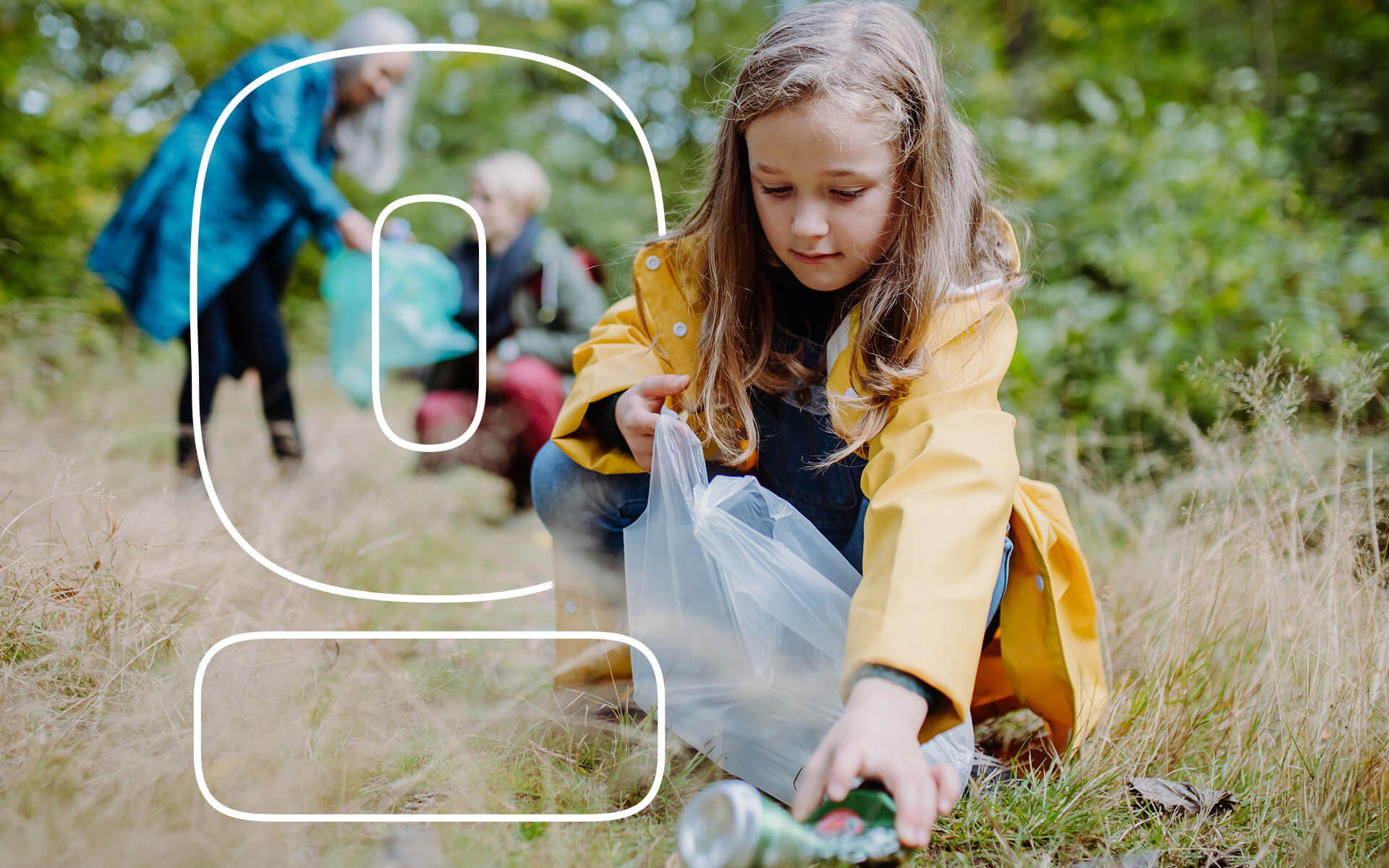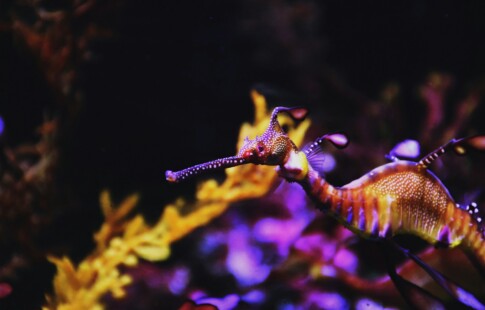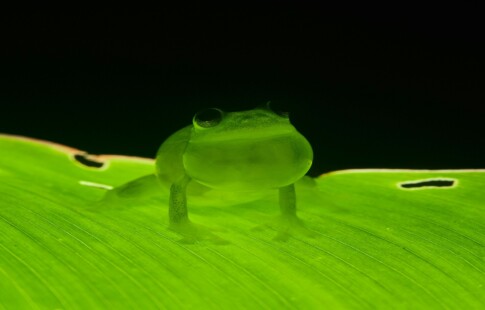
Activities for Explaining Sustainability to a Child
We are reader-supported. When you buy through links on our site, we may earn affiliate commission.
The world was in awe as Swedish climate activist Greta Thunberg galvanized a global climate movement in 2019, demanding governments, corporations, and individuals take immediate environmental action. So, is it necessary explaining sustainability to a child if they’re already excelling?
That year, then-16-year-old Thunberg delivered a rattling speech at the U.S. Climate Action Summit in New York, clamping down on the critical nature of preventing further harm to the planet.
Youth concerns for the environment have encouraged widespread civic engagement since Thunberg came onto the scene. Approximately one-third of young voters shared that climate change was a top issue influencing their presidential vote in 2020.
Young people’s involvement in climate action is admirable and already encouraging policy changes worldwide — a clear indication that the future is truly in capable hands.
However, young children play an even more significant role in eco-friendliness, embracing greener behaviors to protect the world’s most vulnerable populations from future climate impacts. Therefore, starting sustainable education early during childhood years is essential.
Why Should You Teach Your Child Sustainability?
Global institutions have long acknowledged the significance of childhood sustainability education for reducing future environmental impacts. Research further suggests that children’s adoption of eco-friendly habits directly results from positive influences at home, school, and the media.
Explaining sustainability to a child at home also gives parents better control over the narrative of uncertain environmental messages. A recent survey of 600 children between 10 and 14 years old found that 44% of children are concerned about future climate change impacts. Another 25% worry that the world will end before they grow up.
No child should have to carry the burden of possibly not having a place to exist. By promoting environmental stewardship and sustainable living to children, you ultimately make them feel they have greater control of the outcome — and in many ways, they just might.
Greta Thunberg’s influence didn’t occur overnight. Instead, watching her mother opt against airplane travel and her father’s transition to veganism helped ignite and nurture her passion and activism as a child.
Parents, teachers, and community members are responsible for teaching children about environmental stewardship. If children are indeed the future, providing the tools and knowledge for them to lead is critical.
7 Fun Ways to Teach Kids Eco-Friendly Behaviors
Understandably, some adults may wonder how to relay such an important message about the environment to young children. Fortunately, kids can grasp the concept at a very early age. Here are seven fun activities adults and kids can do together that promote sustainable habits.
1. Volunteer With Your Kids
Volunteering teaches children about environmental stewardship — and it’s something you can get involved in with the whole family.
Research local environmental groups or visit your community’s Public Works website to learn about upcoming park or beach cleanups. You might also inquire about coordinating your own cleanup event for neighborhood kids.
Children will feel fulfilled when they clean up their community and are likelier to continue volunteering as they age.
2. Get Outside
From nature walks to scavenger hunts, outdoor activities are a great way to combine play and environmental appreciation.
When you influence positive experiences outside, kids learn to respect their surroundings. For instance, scavenger hunts for rocks, leaves and other natural debris can change from season to season and kids will love looking for a new list of items every time.
Likewise, bringing your kids to a local farmers market delivers an opportunity to teach them about the importance of buying locally-grown foods.
3. Read Together
Books significantly impact children, making explaining sustainability to a child more straightforward.
Today’s children’s authors understand the importance of teaching kids about the environment, which is why you’ll find an expansive selection of green-themed literature for all ages.
Books also foster critical thinking, enabling children to learn problem-solving and strategizing skills to develop sustainable solutions to real-world environmental issues.
4. Create a Compost Container
Whether you have a big backyard garden or an apartment balcony with potted plants, composting is a great sustainability activity for teaching children about natural processes.
Have kids maintain the compost container, filling it with their leftovers and natural debris. As the waste turns to organic soil, your children will become more aware of the potential for repurposing.
5. Plant a Garden
With the compost, your child can plant a garden of vegetables or flowers. Allowing kids to care for a small garden will teach them responsibility — without tending to it, their plants won’t survive.
Additionally, growing fruits and vegetables at home cultivate healthier eating habits. Your kids will undoubtedly be excited to eat produce they grew themselves.
6. Gamify Recycling
A recent study by Beyond Plastics found that only 5% to 6% of consumer plastic waste gets recycled in the United States.
Other research has highlighted how critical sustainability education is for early childhood development, providing experiential learning and collaboration to ensure sustainable behaviors become routine.
Recycling shouldn’t feel like a chore — instead, explain to kids how recycling works by turning it into a game. For instance, purchasing multiple cans for children to sort recyclables is a great way to form a habit. You might even implement a reward system for the most recycled objects.
7. Repurpose Items
On the other hand, teaching kids to repurpose old items is just as essential to learning about sustainability.
Maybe you have a collection of teacups that you don’t use — the perfect object for DIY bird feeders.
Simply glue the teacup to its saucer with a heavy-duty adhesive and let it dry for 24 hours — then have your kids fill it with birdseed and secure it somewhere outside. Their bird feeders will attract several native bird species to your backyard.
Upcycling tin cans as planters is another fun repurposing activity for children. Let your kids decorate the cans with paint to prevent them from rusting in the outdoor elements. Of course, you might also put them on the windowsill where they can watch their flowers grow.
Explaining Sustainability to a Child? Adults Must Lead By Example
Children mimic whatever the adults in their lives do and say. Therefore, leading by example is the best method of explaining sustainability to a child. If you really want your kids to adopt eco-friendly behaviors, you must demonstrate them yourself.
Share on
Like what you read? Join other Environment.co readers!
Get the latest updates on our planet by subscribing to the Environment.co newsletter!
About the author
Maria Visser
Maria serves as the Assistant Editor of Environment.co. A true foodie and activist at heart, she loves covering topics ranging from veganism to off grid living.





